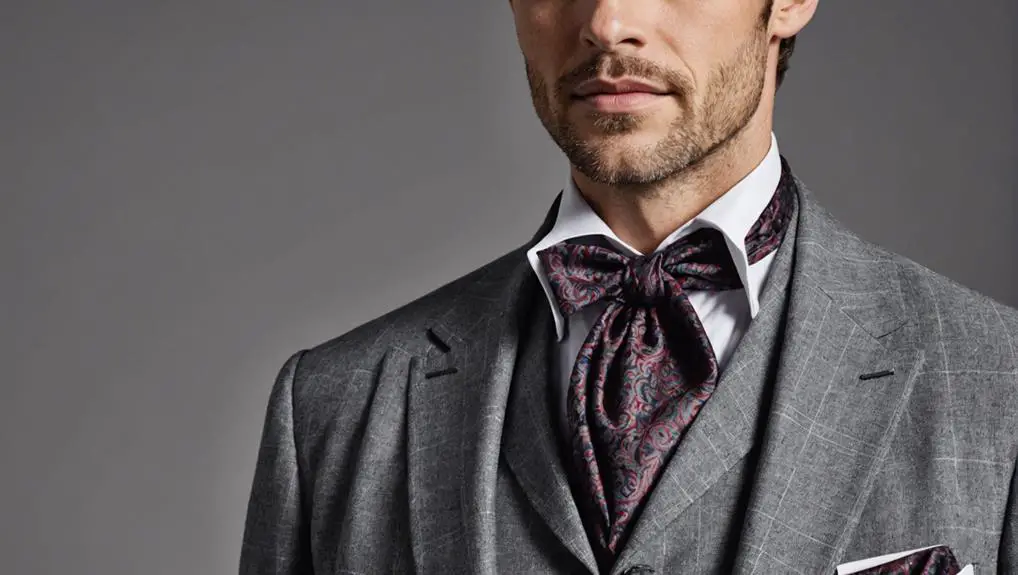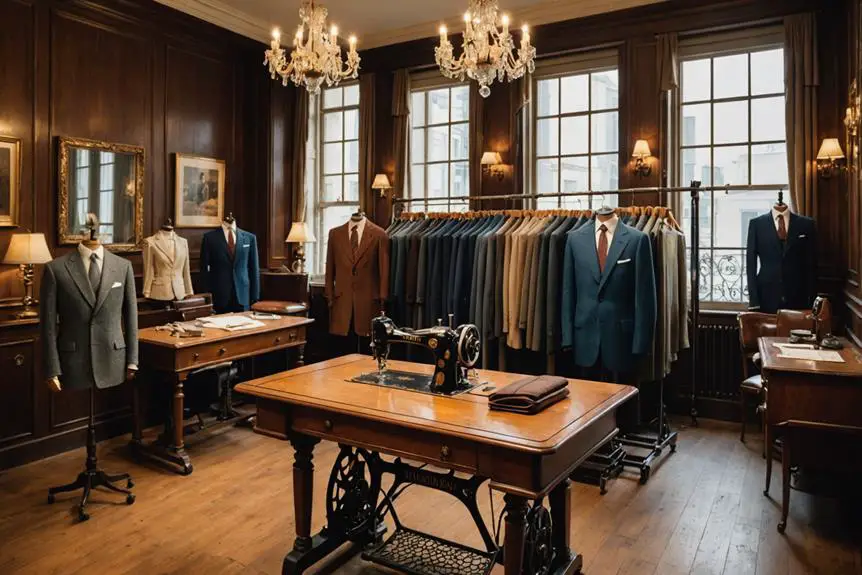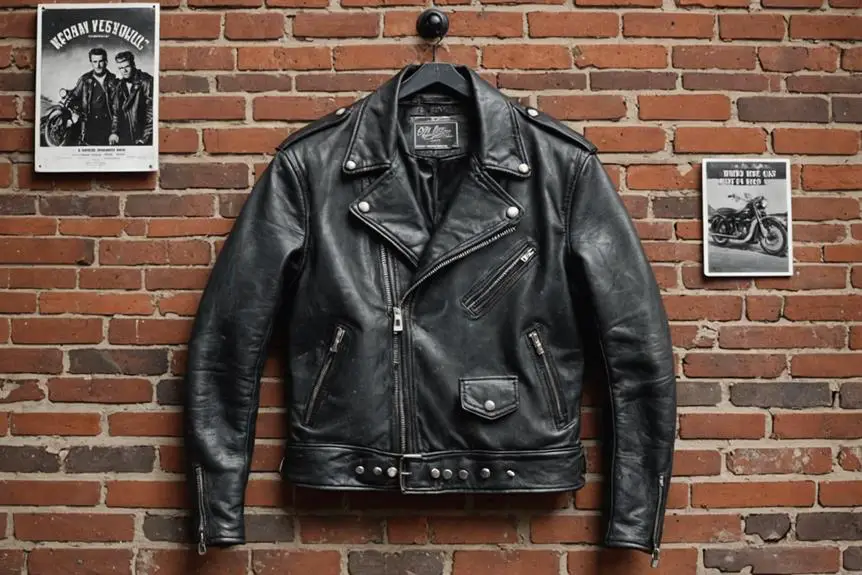The difference between an ascot and a cravat's all in the style and vibe! Ascots, often known as day cravats in Britain, are wider and more casual—perfect for brunch or a horse race. They're made from silk and have that trendy, laid-back look. On the other hand, cravats are a broader category that includes various neckwear styles like ties and bow ties. While cravats can be fancy or casual, ascots lean towards relaxed elegance. So, when you wanna stand out but keep it cool, go with an ascot! Curious about how to rock these styles? Stick around, there's more to explore!
Definition of Ascots and Cravats
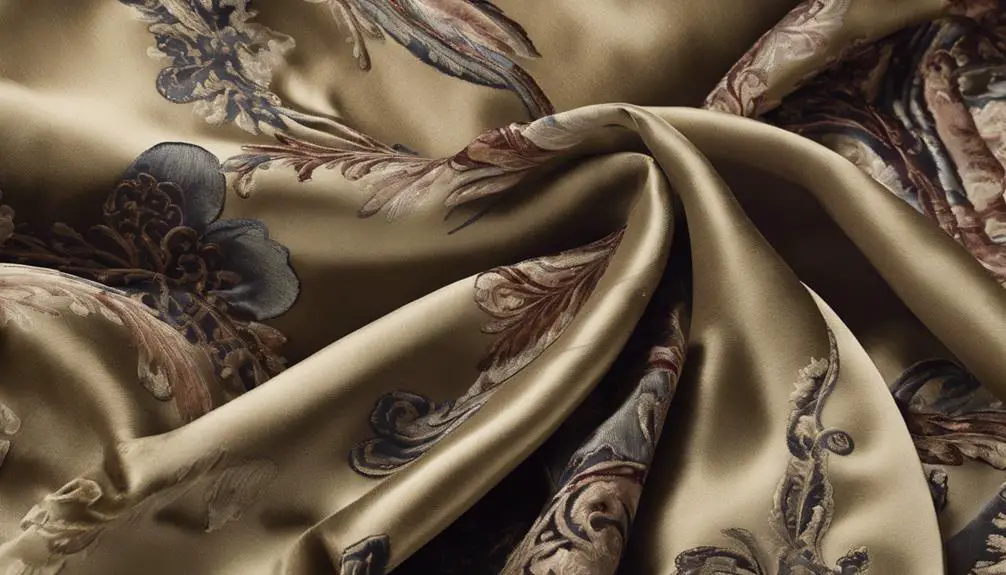
When it comes to neckwear, understanding the difference between an ascot and a cravat is essential. So, what's the deal? An ascot definition is pretty straightforward: it's a type of neckwear, often called a day cravat in Britain. Ascots are wider, more relaxed, and perfect for informal or semi-formal occasions. Imagine wearing one to a garden party—totally stylish, right?
Now, let's explore cravats. The cravat definition is broader; it's a general term for various neckwear styles, including ties, bow ties, and yes, ascots! It comes from the French word "cravate," which refers to Croatian mercenaries' neckcloths. Crazy, huh?
What makes cravats unique is their versatility. They can be made from different fabrics and styled in multiple ways for various settings. While ascots are typically made from silk and tied in a specific way, cravats can adapt to whatever vibe you're going for.
In short, every ascot is a cravat, but not every cravat is an ascot. So, next time you're dressing up, you'll know exactly what to choose! How cool is that?
Historical Background
Neckwear has a rich history that highlights the evolution of styles like ascots and cravats. Did you know the term "cravat" comes from the Croatian word "cravate"? It refers to the neckcloth worn by Croatian mercenaries back in 17th-century Europe. These stylish soldiers caught the attention of the French, especially King Louis XIV, who popularized this neckwear. Imagine a fashionable king strutting around, right?
Fast forward to the late 19th century, and you'll see ascots making their debut. While cravats ruled the fashion scene in the 1800s, ascots emerged as a more casual alternative, often associated with the Royal Ascot horse race. It's like the cravat was the formal dinner guest, and the ascot was the fun friend who showed up to the picnic.
Today, cravats might not be as common, but they've still left a legacy. The evolution of these styles shows how neckwear can symbolize elegance and sophistication. So next time you see someone in an ascot, remember, it's not just a piece of fabric; it's a nod to centuries of fashion history! Isn't that cool?
Characteristics and Styles
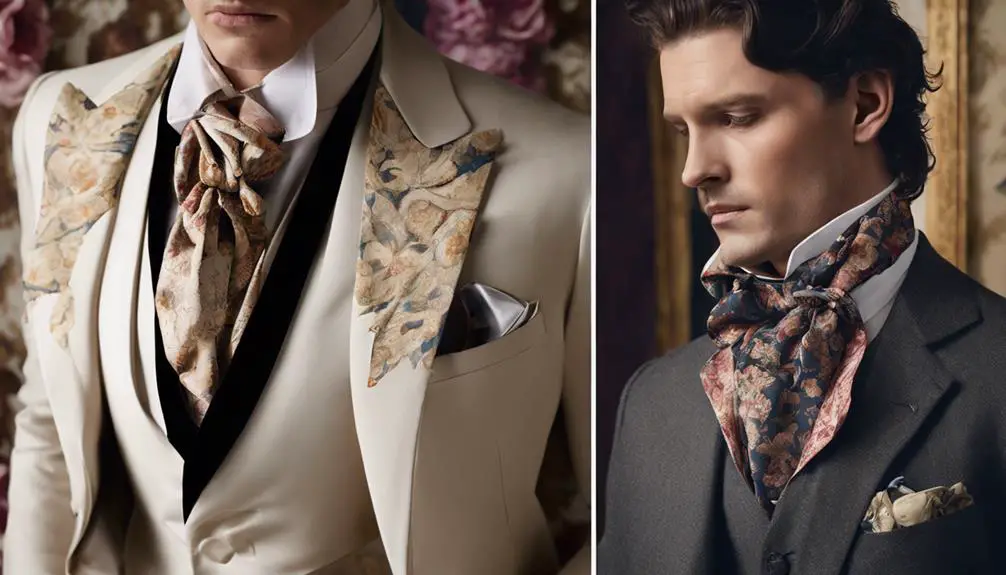
In the world of fashionable accessories, the ascot stands out with its distinctive wide, pointed wings that create a relaxed yet refined look. You'll notice that ascots aren't just any neckwear; they embody a specific style of cravat. While cravats can come in many shapes and sizes, the ascot shines in its unique flair.
When it comes to styling techniques, you've got options! Ascots can be tied using various methods, like the Contemporary Knot or Traditional Knot, adding a personal touch to your ensemble. Here are some key characteristics to keep in mind:
- Fabric Choices: Ascots are often made from luxurious silk, either printed for a fun vibe or woven for that classy touch.
- Casual vs. Formal: Day cravats are lighter and perfect for laid-back outings, while formal ascots are designed for those high-tier events.
- Colors and Patterns: Expect bold colors and playful patterns for casual wear, while formal options lean towards subtler tones.
Wearing and Styling Tips
An ascot can elevate your outfit effortlessly, but knowing how to wear and style it is key to achieving the right look. For casual styling, try wearing a day ascot with an open collar. It gives you that relaxed vibe and feels super comfortable. Want to stand out? Go for bold patterns and colors! Pair it with a solid-color shirt for a striking visual balance.
On formal occasions, though, you'll want to tie your ascot neatly—maybe even pin it down for a polished finish. Experiment with tying techniques; the Contemporary Knot can work wonders for casual events, while the Traditional Knot is perfect for those classy gatherings. Trust me, mastering these knots can really enhance your overall appearance.
Don't forget about comfort! Choose soft materials that won't snag on facial hair, because that can be a real buzzkill. And hey, take care of your ascots. A little gentle handling and regular checks for wear and tear will keep them looking sharp. So, are you ready to rock that ascot and turn some heads? You've got this!
Cultural Significance and Modern Trends
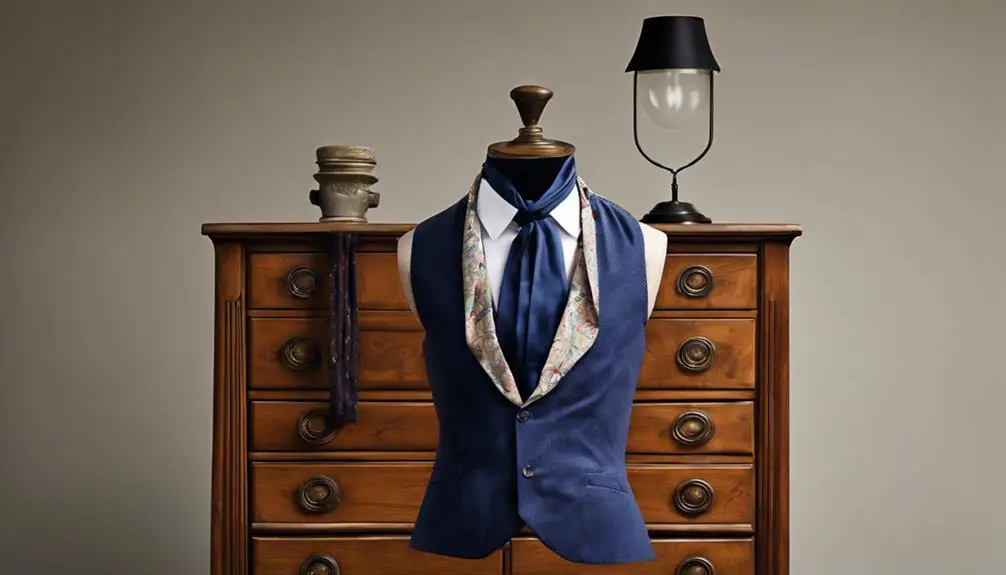
Exploring the cultural significance of ascots and cravats reveals their rich history and enduring appeal in modern fashion. These neckwear pieces aren't just accessories; they carry stories and styles that connect us to the past. Think about it—wearing an ascot at a fancy wedding or celebrating Cravat Day in Croatia shows how much these items matter culturally.
You might be surprised to know these key points:
- The ascot symbolizes elegance, especially tied to the Royal Ascot horse race.
- Croatia honors its neckwear heritage with Cravat Day, celebrating the cravat's historical roots.
- Both styles are experiencing a fashion resurgence, making them popular choices at runway shows.
Despite their decline in everyday wear, ascots and cravats are making a comeback. This cultural impact is exciting, as they add flair to both casual and formal outfits. Ascots can elevate your look, while cravats offer versatility across various settings. So, why not give one a try? You might just find a new favorite accessory that connects you to a rich history while keeping your style fresh!
